Fundable Concepts for Research in Land and Environmental Systems
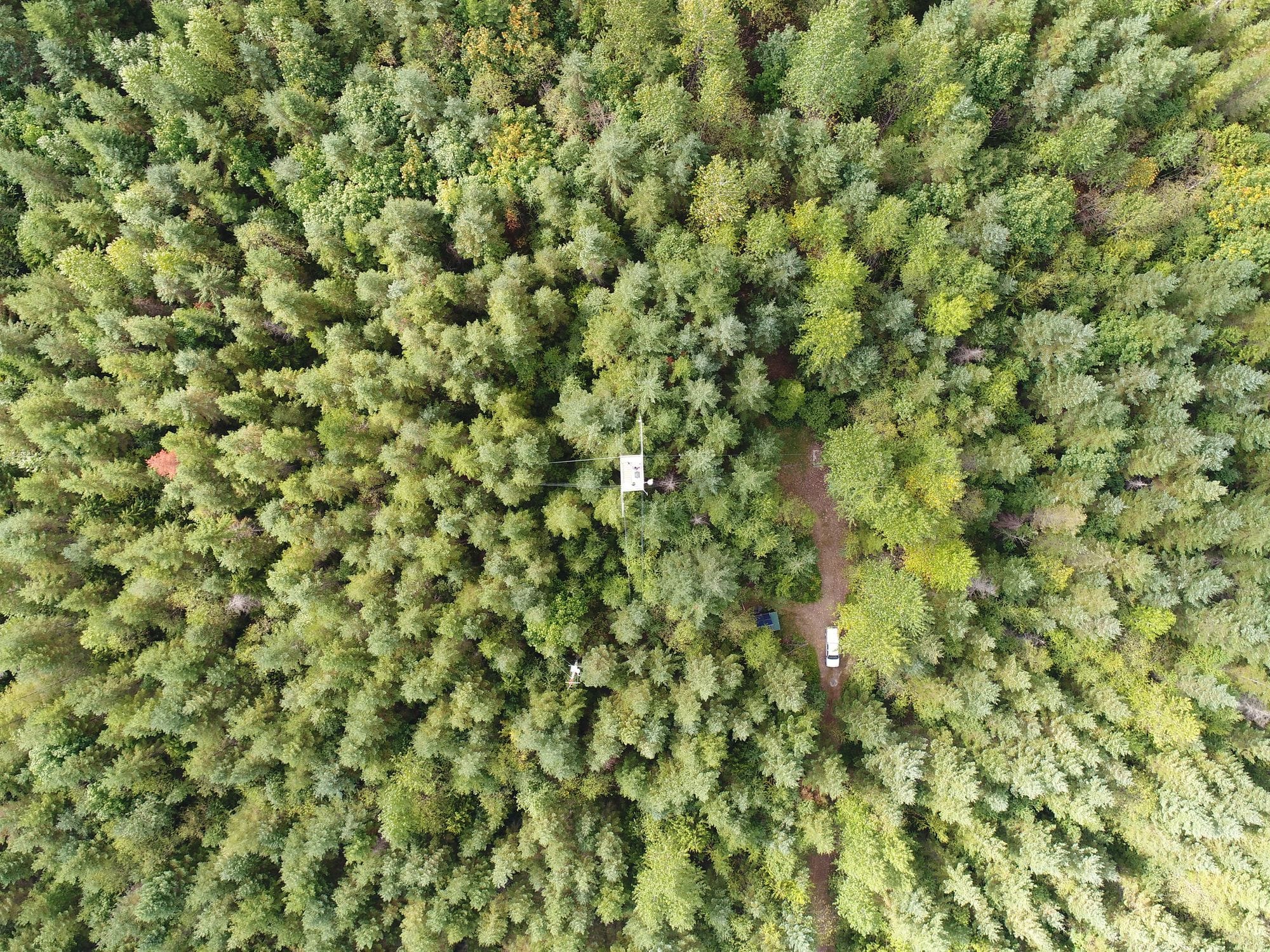
Originally published June 7, 2019 on Medium
Over the years I have kept a running tab of research questions related to environmental, agricultural, natural resource, and urban economics. These are often multi-disciplinary, dealing with questions around technology, equity, individual-versus-collective interests, and community well-being.
I would like to share some of these ideas, hopefully to spark some collaborations and continuing discussions in the years ahead. I don’t think the underlying issues touched upon here are going away any time soon, so if we could get something going, I think they could serve to start filling up the pipeline for an independent research institute.
Importantly, each of the following topics are begging for creative business models to emerge to deal with these issues and increase the well-being of groups that typically do not benefit from policy papers or hot startups.
There is always the likelihood that people are already working on these lines of inquiry (in some cases I know this is the case), so this essay might best be read as my take on ideas that are currently underrated or undervalued in comparison to the conventional wisdom:
General equilibrium impacts of wide adoption of precision agriculture technologies
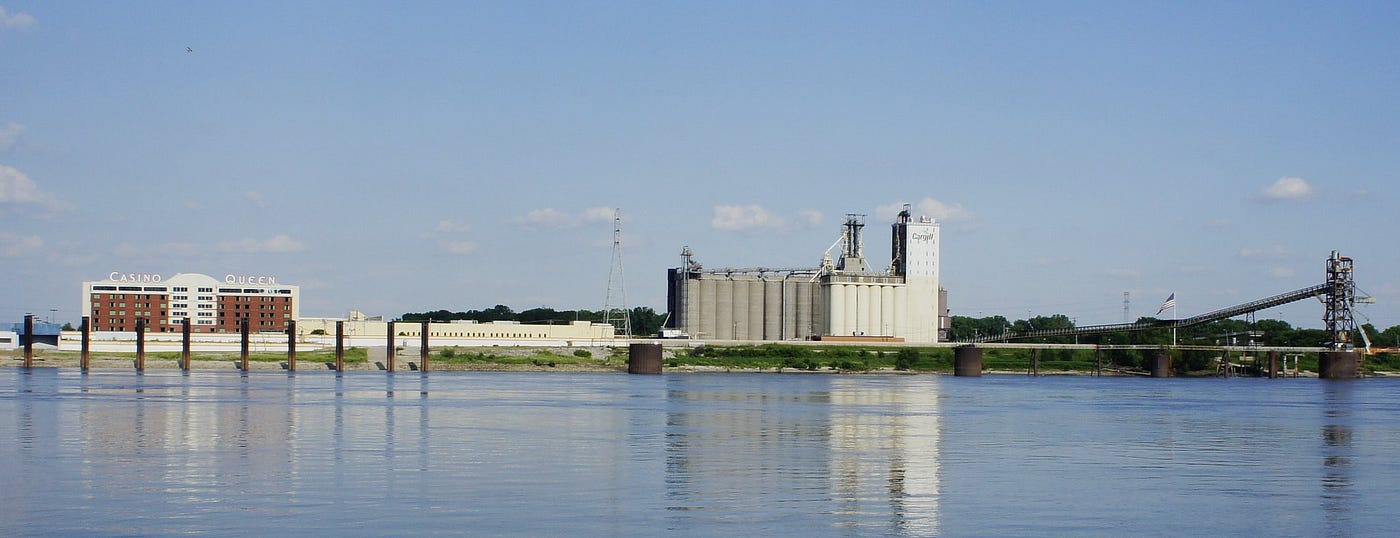
With all the talk from VC-funded ag tech startups about optimizing crop production (as if farmers haven’t already been doing that), one would be excused for thinking that 300-bushel-per-acre corn is just around the corner. Let’s assume for a minute this is plausible. What impact would that have on things like input demand, commodity pricing, and land use decisions, especially in an era where we are likely to see much greater institutional ownership of farmland?
Pipelines for continuous production of environmental knowledge
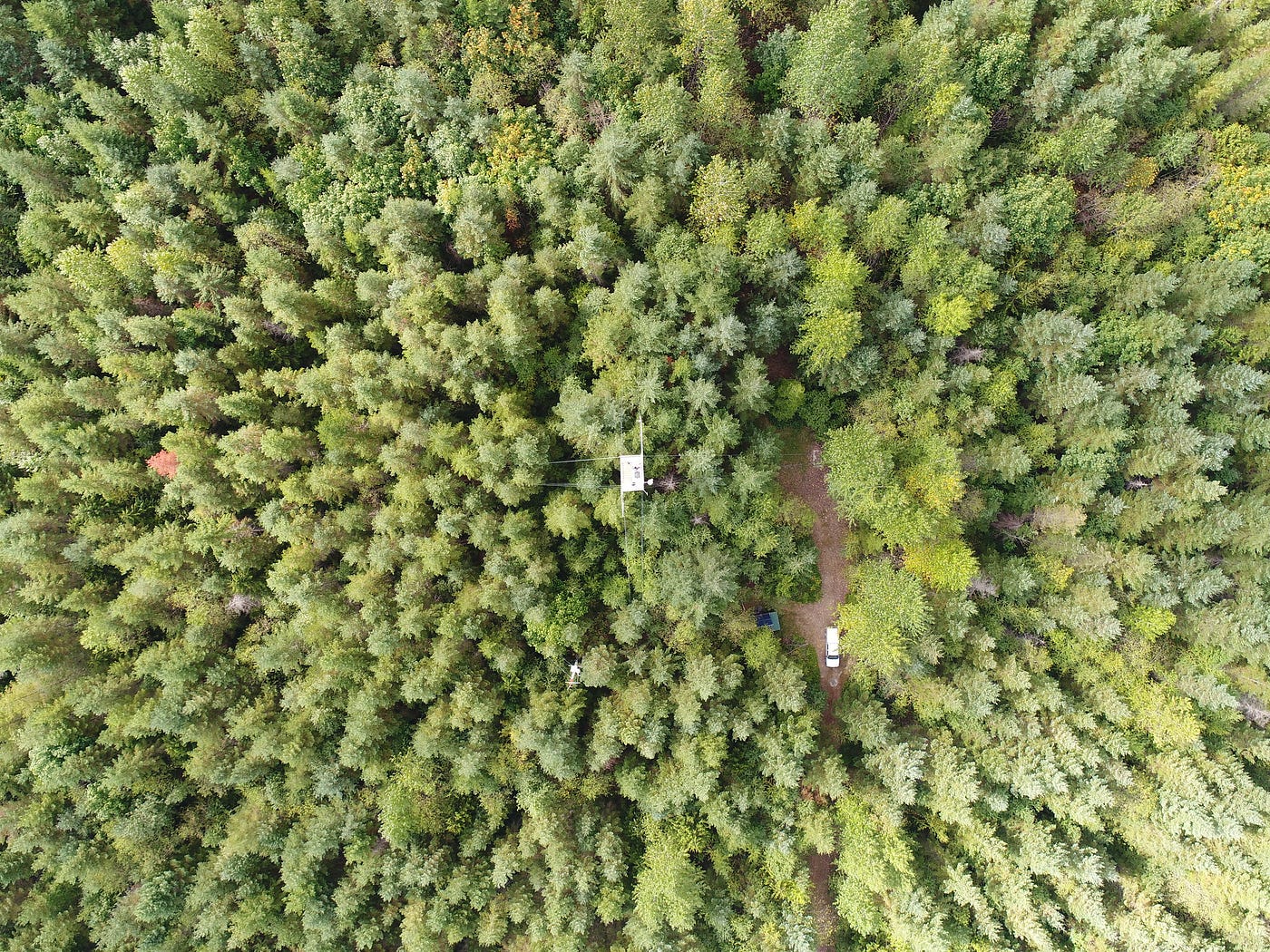
I am a fan of big, comprehensive reports produced every couple of years by international bodies of experts. Actually, I am not, but in many cases, that’s all a practitioner has to work with. It is really difficult to produce insights from environmental, economic, and ecological data: the work of interpreting and explicating that complex information takes some finesse, particularly if you, the communicator, want to be understood by a large audience.
Years ago, I worked as a commodity market analyst in the agriculture sector. Whenever I came back from a vacation, it always took me a few days to get back into the headspace where I could make informed statements about the markets I covered. There was something about acting as a conduit for all those streams of news, data, and gossip on a daily basis that provided a tactile sense of what was going on. I believe something similar could transform environmental management and governance, in the sense of providing substantive content to the parties charged with making decisions that impact issues like urban stormwater or air quality. A biennial report leaves too much slack, and at the same time, is often difficult to digest and obscures potentially urgent matters of concern. Earthrise Media is doing some compelling work in this area, as are the folks behind the Ocean Health Index. We need more of it.
Ubiquitous ecological and environmental remote sensing
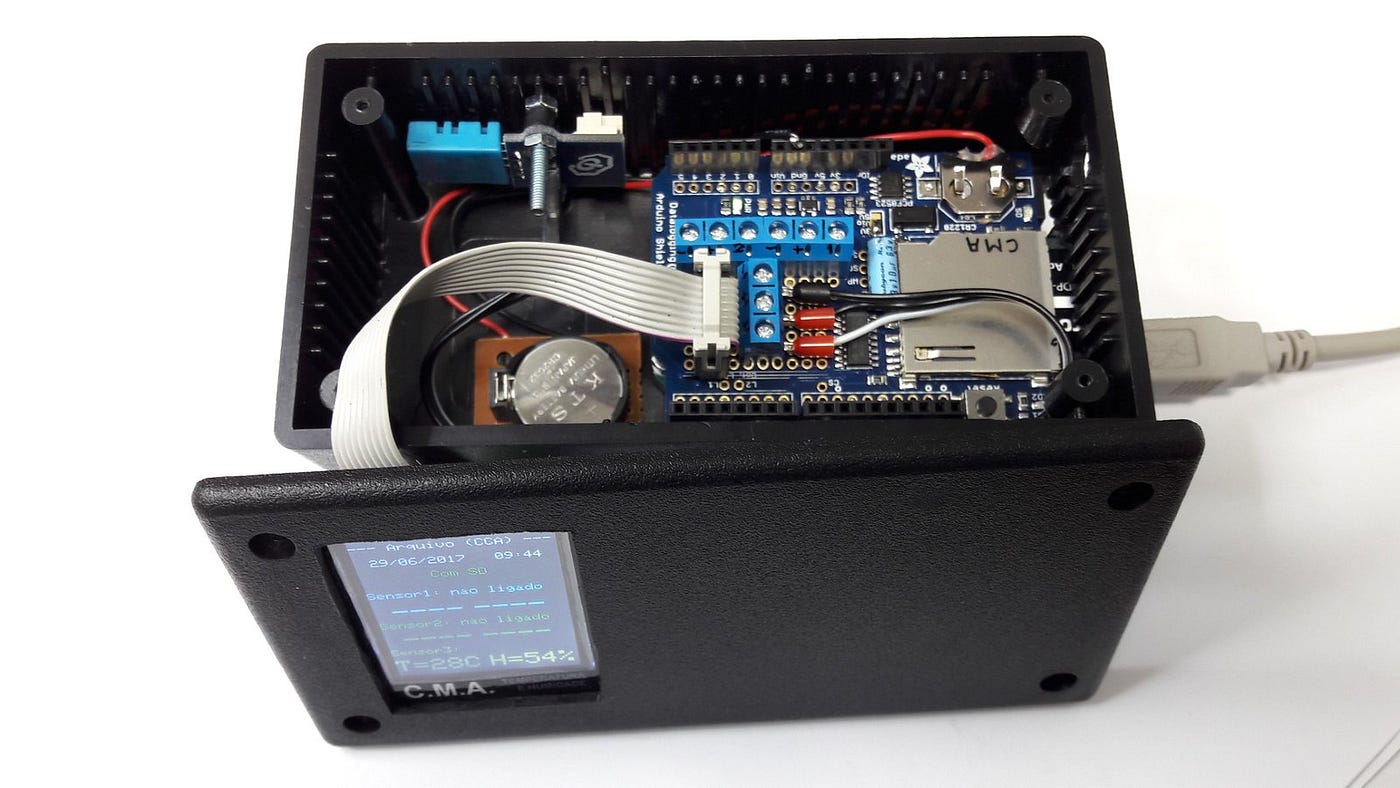
Related to the above is the need for reliable and not-too-expensive earth system monitoring. We are in the midst of a smallsat revolution, lidar is becoming cheaper by the day, and personal weather stations are available in the consumer market, but there are many other opportunities in areas such as air quality, landscape characterization, and biodiversity monitoring. While there have been some promising developments in the Smart Cities space, the threat posed by companies seeking to establish monopolies over urban communications infrastructure needs to be countered by community-driven applications that can be delivered in short order, much like the introduction of beneficial microbes into living systems can keep pathogens at bay.
In any case, while hardware is an important part of the puzzle, I would argue that the dissemination and usability of information is what will make this essential instead of just interesting to a limited audience of practitioners. This will require the further development of tools created by physicists, spatial scientists, ecologists, and privacy researchers, and ideally would provide career paths in new ventures that are as attractive to these aforementioned researchers as academia or Big Tech.
Experimental methods in urban governance
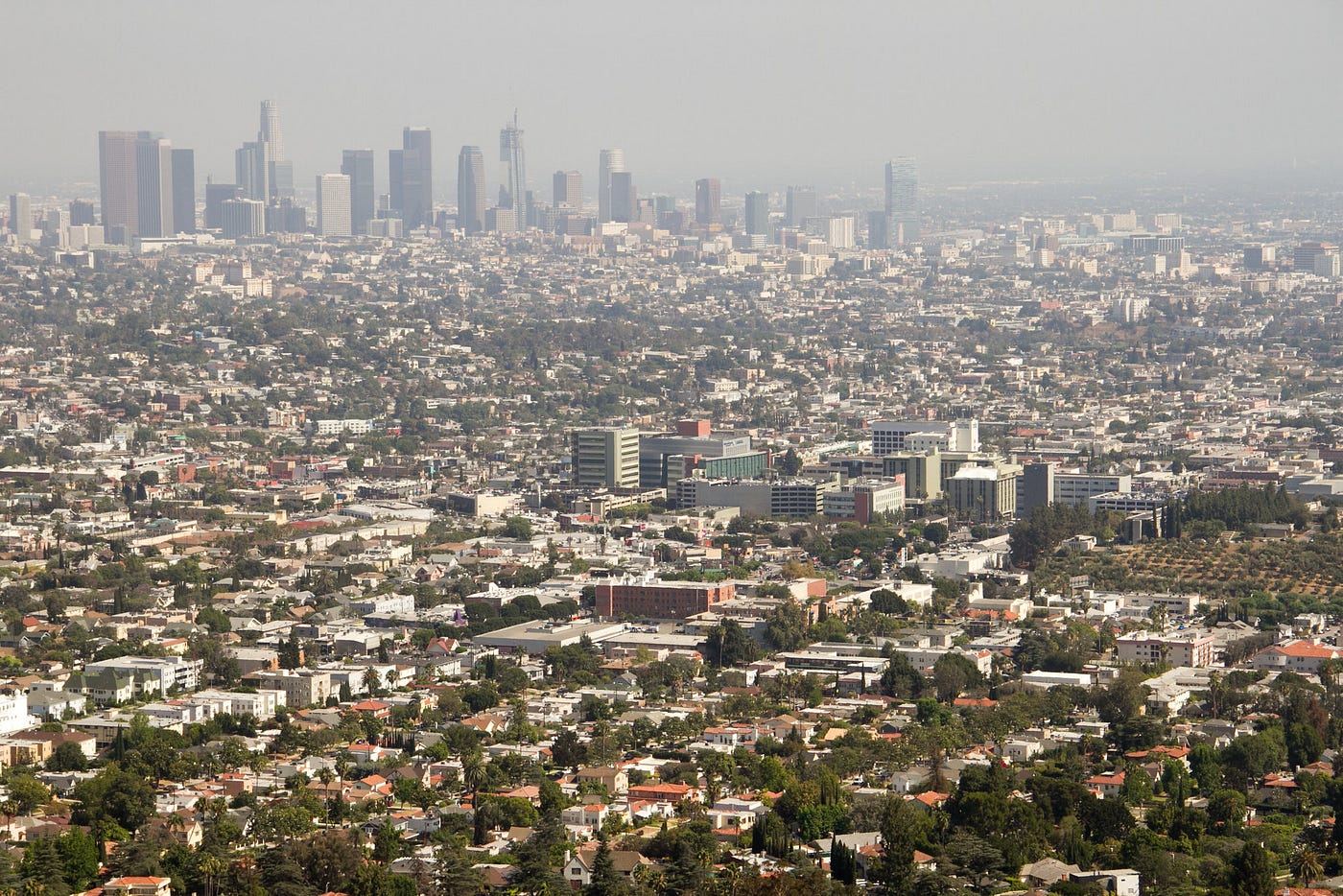
Some of the frontier areas in urban systems include addressing issues like how to help planners better assess discontinuities. Forty-year “vision” documents are great, but they are obsolete the minute they are published, relying on assumptions of linear or well-behaved changes in important parameters like population, jobs growth, and industry structure, all of which have significant exposure to factors outside the control of local policymakers. The tools used to address uncertainty simply cannot address cascading phenomena or responses to long tail events. How can we build resilience thinking into the practice of planning, and not just by adding a few sustainability indicators to the analysis? In particular, how can we develop tools that can enable the rapid recognition of system state changes and adaptive responses by decision makers?
What now?
Like I wrote at the beginning, I believe these are all fundable within the current system of public research, private R&D, and social enterprise. I am always interested in talking with collaborators, so please take a minute to contact me if you would like to get a conversation started.